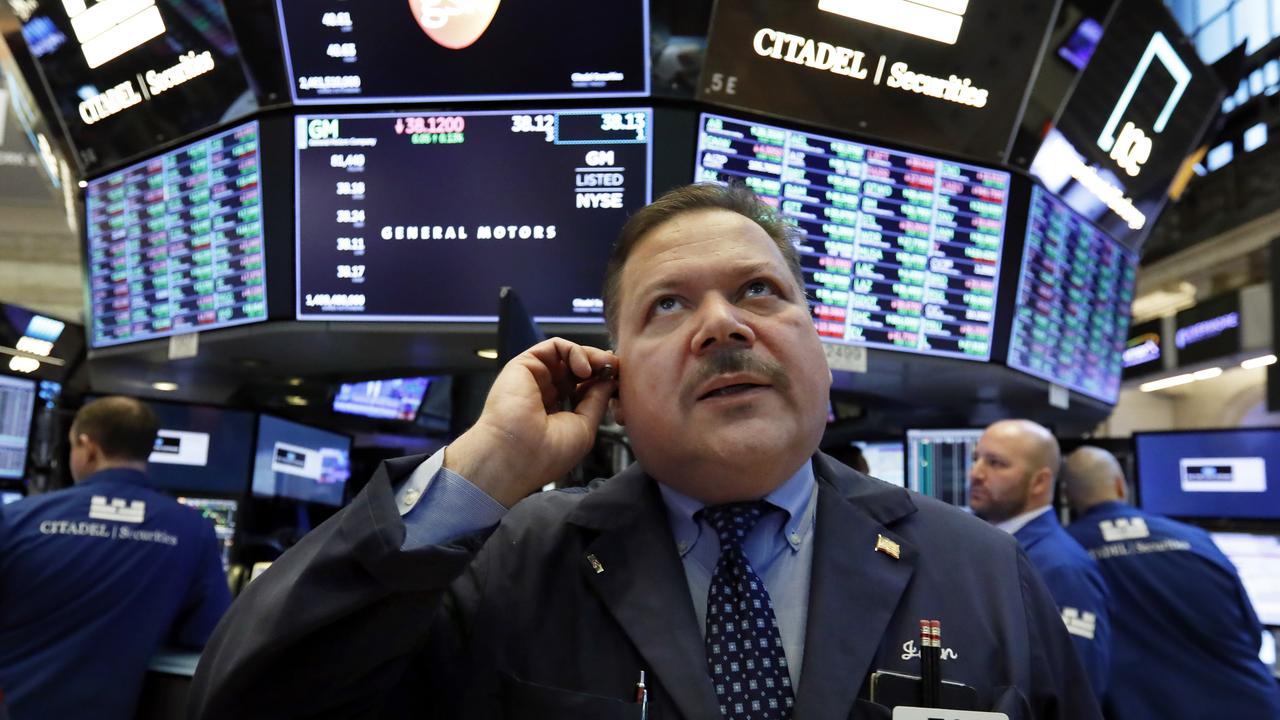Interest rate cut depends on latest inflation figures
The market now could be attaching too small a probability to a November rate cut.

With core inflation remaining well below the RBA’s target zone, the market now could be attaching too small a probability to a November rate cut, even though base effects caused by last year’s slump in energy prices should prevent further deterioration in the inflation rate.
Economists expect the average of core inflation measures monitored by the RBA to creep up to 1.55 per cent for the September quarter, versus 1.5 per cent in the June quarter. But even though the RBA has already cut rates twice in response to the inflation slowdown at the start of the year, anything lower than 1.5 per cent is bound to reinvigorate rate cut bets — it’s just a question of degree.
Indeed the risks around the CPI release may be a bit asymmetric.
The market has largely talked itself out of any more rate cuts since Phil Lowe took the reins at the RBA. However, low wages growth and a high degree of underemployment suggest that above-consensus CPI need not generate talk of a hike, notwithstanding last week’s call by Goldman Sachs economist Tim Toohey for such a move in 2018.
In this regard, Citi’s interest rate strategists yesterday said the “heaviness” of local debt markets last week seemed “out of whack” with “still challenged” domestic fundamentals. The “hedging” of the $16.2 billion Ausgrid lease to IFM/Australian Super seems the best explanation for otherwise unwarranted market heaviness, in their view.
“The underperformance of local markets therefore looked unjustified to us, based upon RBA governor Lowe’s speech at Citi’s Investor Conference, which left a sense that although the hurdle to rate cuts is high, it is premature to call the end of the cycle, a point underlined by the weak September labour market data which showed low quality job creation and further losses in full time jobs,” noted Citi interest rate strategist Steven Mansell in a report.
“Labour slack is potentially 0.5-1.5 per cent of the labour force, consistent with very sluggish wage growth going forward. With such timid pricing in the overnight index swaps curve for the next two RBA meetings, a lot can change on Wednesday’s key quarterly CPI release.”
Indeed debt markets are now too bearishly priced, according to Mansell, as he doesn’t expect a re-run of the 2013 “taper tantrum”.
Last week’s European Central Bank meeting didn’t add fuel to the fire and while concern about a potential tapering of European quantitative easing could resurface at the December ECB meeting, local markets have “gone out of the blocks too fast on no substantive shift in the underlying fundamentals, which in our view remain market supportive”.
Still, it’s worth noting the underperformance of large-capitalisation “defensive yield” stocks like APA Group, Sydney Airport, Stockland, Goodman, Vicinity Centres, Spark Infrastructure, AusNet and Mirvac on Monday. The fact that the sell-off in those “bond proxies” occurred on a day when the benchmark 10-year commonwealth government bond yield fell 5 basis points to 2.24 per cent is a little baffling. Perhaps they can snap back on a “consensus” CPI number this week, even if there are longer-term risks for bond proxies from any withdrawal of stimulus.
To make matters more interesting, some of the large resources companies and banks — BHP, Rio Tinto, Westpac and ANZ — rose together on Monday. It’s early days but gains in those stocks in a down market could support Deutsche Bank’s view that both sectors could outperform despite the popular view that active investors need to always choose between the two.




It’s a big week for financial markets, with Wednesday’s CPI data likely to determine whether or not the Reserve Bank cuts interest rates again next month.